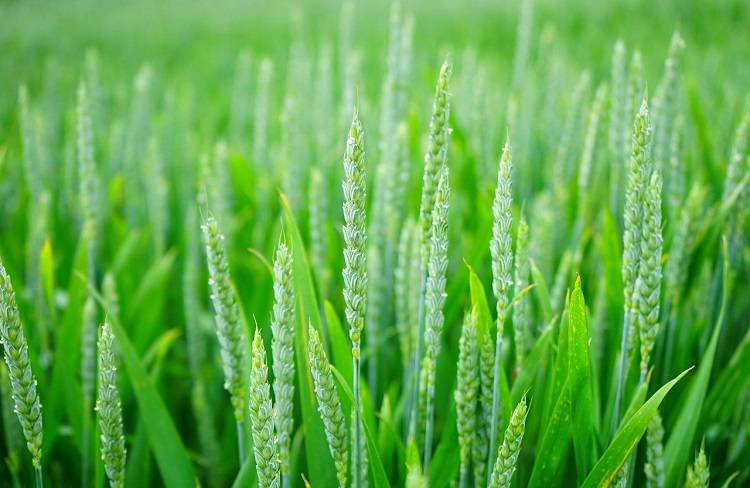Zero Budget Organic Farming

In 2018, Sikkim CM Pawan Chamling beat 51 other nominees around the world to receive the Food and Agriculture Organisation’s (FAO) Future Policy Gold Award for making Sikkim world’s first organic state. FAO commended Pawan Chamling for setting a role model for the world. Organic farming provides nutritious food to people and reduces diseases that are borne through pesticide infested vegetables. FAO recognized the Leadership of the State and the Political Will to implement the same by stopping subsidies first. Sikkim's transition helped 66000 farmers familiies.
Gotabaya Rajyadaksha took the courageous step to ban chemical pesticides and push the entire country to organic farming. Naturally, the pesticide lobby have started a vicious negative campaign against Rajyadaksha government saying economy will collapse. Chamling whene he took the decision, he faced similar protests from opposition and the pesticides lobby yet he did not back down. He pushed through organic farming thus securing the health of its citizens first.
Several states now are trying to follow Kerala but the funds allocted to National organic mission still are small when compared to the chemical pesticide subsidy program. Though some states set targets, announced grandioise schemes, the fact remains that barring Sikkim, no other state has crossed a quarter of its total area in farming. Uttarakhand has around eigtheen percent of its cultivable land area into organic farming. Karnataka has allocted 500 cr towards Organic farming in the state. Union Government says it intends to strengthen its organic farming portal. Tamilnadu also set up a separate department for organic farming. Tripura is racing towards Organic farming. India in 2019-2020 exported ₹5151 crores worth organic products, mostly sesame, flax seeds, soya bean, medicinal plants, tea, rice and pulses. In terms of Land Area, Madhya Pradesh has largest area under organic certification currently followed by Rajasthan, Maharashtra, Gujarat, Karnataka, Odisha, Sikkim and Uttar Pradesh.Government shared that the total export volume in 2020-2021 was 8.88 lakh metric tonne valued at ₹7,078 crores.
India totally has crop area of 199 Million Hectares & spends ₹70-80000 cr annually on fertilizer subsidies. Compared to that,organic farming budget has not even crossed ₹1000 cr. It stood at ₹687 cr in 2020. The Paramparagat Krishi Vikas Yojana program covers around 7 lakh hectares yet the meagre budget makes it harder to achieve targets. The Hinterlands use more fertilisers than the hilly regions whch are more rain-fed. India has largest share of organic farmers globally yet its land area under organiz farming barely touches double digits.

 NatureCure
NatureCure 























Comments (0)
Facebook Comments